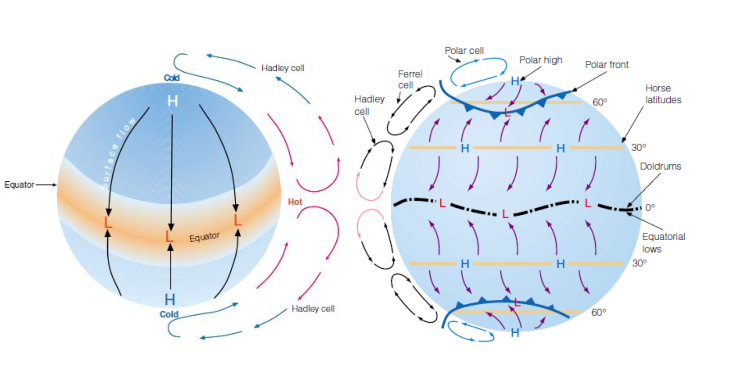Attachments
Note: Not all attachments are visible to the general public. Research URLs will go live after the embargo ends.

Journal/
conference: Science Advances
conference: Science Advances
Research:Paper
Organisation/s:
Seoul National University, South Korea
Funder:
This study was supported by the National Research Foundation of Korea grant funded
by the Korea government no. NRF-2018R1A5A1024958 (S.-W.S.) and (MSIT) no.
2023R1A2C3005607.



 International
International


